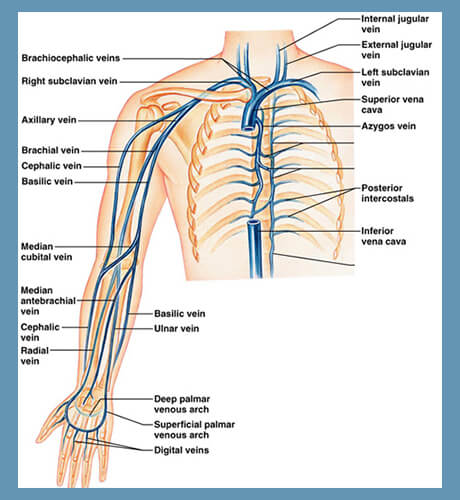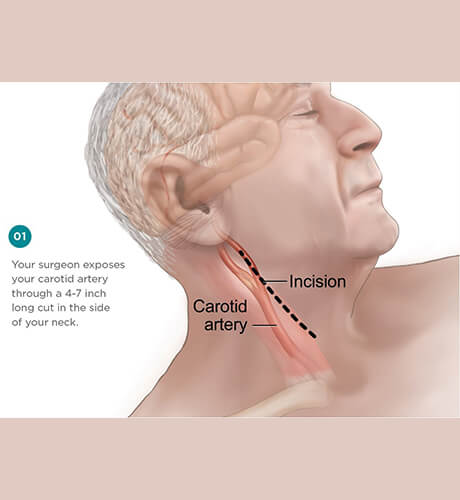Chemoport Insertion & Extraction
- Home
- Vascular Diseases
- Chemoport Insertion & Extraction

Chemoport insertion is a procedure where a small, implantable device is placed beneath the skin to provide a direct and convenient access point for delivering chemotherapy drugs and drawing blood samples. The chemoport is connected to a vein through a catheter and has a septum through which drugs can be injected and blood samples can be drawn multiple times, usually with less discomfort for the patient than a typical needle stick. The procedure typically takes about an hour and is guided by continuous X-ray imaging to ensure proper placement. It is usually performed under local anesthesia, and patients can often go home the same day.
Chemoport extraction, on the other hand, is a relatively minor surgical procedure that typically takes less than 30 minutes to perform and is often done with a local anesthetic. It is usually performed after chemotherapy treatment is completed.
Treatment Details: A chemoport is a small, implantable device that allows healthcare providers to deliver chemotherapy drugs directly to the bloodstream without a needle stick. Chemoport insertion is a surgical procedure that typically takes about an hour and is guided by continuous X-ray imaging (fluoroscopy). The surgeon will use this imaging to ensure the chemoport is placed correctly. The procedure is usually done under local anesthesia, and patients can often go home the same day. Chemoport extraction, on the other hand, is a relatively minor surgical procedure that typically takes less than 30 minutes to perform and is often done with a local anesthetic.
Benefits & Effectiveness: Chemoport insertion provides increased comfort and convenience for patients receiving chemotherapy. It allows for the frequent collection of blood samples without repeated needle sticks and can remain in place for weeks, months, or even years. Chemoport extraction is a relatively minor procedure that can be performed after chemotherapy treatment is completed.
Who Should Consider: Patients who require frequent chemotherapy treatments and blood sample collection without the need for repeated needle sticks are ideal candidates for chemoport insertion. Chemoport extraction is typically performed after chemotherapy treatment is finished.
Before Your Procedure: Pre-surgical assessments may include imaging studies such as ultrasound or CT angiography, and blood tests. Patients may need to adjust their medications and follow fasting guidelines before surgery.
During the Procedure: Chemoport insertion is typically done under local anesthesia with mild sedation. The surgeon will make cuts and insert the port, and patients may experience some swelling, soreness, or bruising in the area around the port after the procedure.
Recovery & Aftercare: After chemoport insertion, patients can expect to resume normal activities within a few days. Chemoport extraction is a relatively minor procedure, and patients are usually given a local anesthetic before the chemoport is removed.
-
Is chemoport insertion painful?
Local anesthesia minimizes pain, with most patients experiencing only mild discomfort.
-
How long can a chemoport stay in place?
A chemoport can remain for the duration of chemotherapy, often months to years.
-
What are the risks of chemoport insertion?
Risks include infection, clot formation, and port malfunction.
-
How is the chemoport cared for at home?
Follow care instructions provided by your healthcare team, including cleaning and monitoring the site.
-
How is the chemoport removed?
Removal is a minor procedure, typically performed under local anesthesia.









